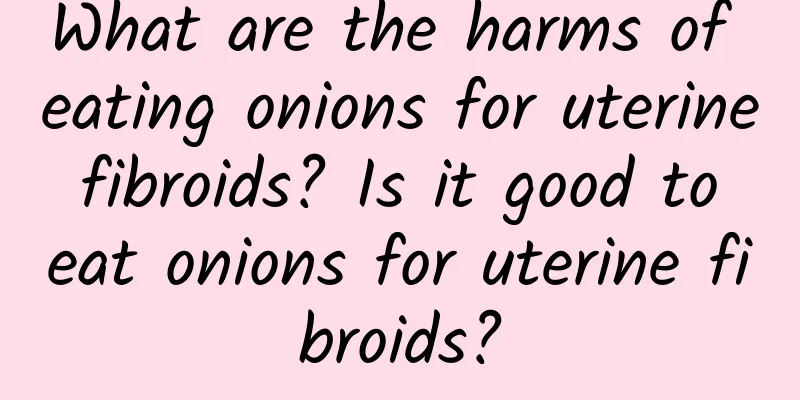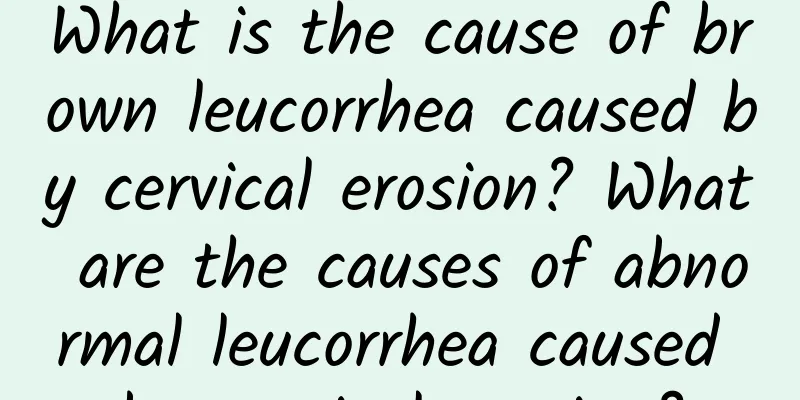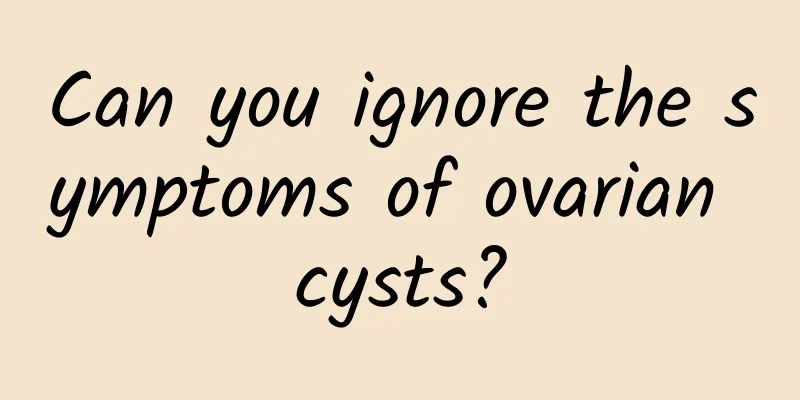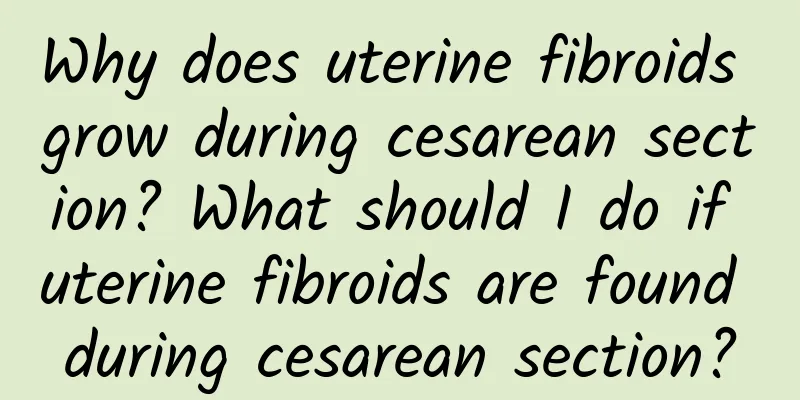Experts explain the reasons why dysmenorrhea still occurs after marriage

|
In real life, most dysmenorrhea patients will gradually disappear after marriage, and dysmenorrhea will slowly heal automatically, but some people are still deeply tortured by dysmenorrhea. What are the common causes of dysmenorrhea after marriage? The following is a list of common causes of dysmenorrhea after marriage. Generally, the common causes of dysmenorrhea after marriage are: Pelvic inflammatory disease Pelvic inflammatory disease refers to inflammation of the female pelvic cavity, reproductive organs (including uterine fallopian tubes, ovaries), pelvic peritoneum and connective tissue around the uterus, collectively referred to as pelvic inflammatory disease. Pelvic inflammatory disease is also a relatively common gynecological disease, which is particularly common in some countries with disordered sexual life and rampant sexually transmitted diseases. The vast majority of pelvic inflammatory diseases are caused by pathogens in the vagina that rise along the mucous membrane to the pelvic organs. Inflammation of the reproductive organs and their surrounding tissues is often not isolated, but affects each other and becomes inflamed at the same time. Common symptoms are dull pain in the lower abdomen, nausea, fatigue, etc. This is a common cause of dysmenorrhea after marriage. Endometriosis It is also a common cause of post-marriage dysmenorrhea. Endometriosis is the growth of endometrial tissue outside the uterine cavity, such as the myometrium, ovaries or other parts of the pelvic cavity. There are also periodic changes and bleeding, and pain during menstruation due to the inability of blood to flow out. And due to adhesions with surrounding tissues and organs, dysmenorrhea gradually worsens. Internal examination can find that the uterus is enlarged and hard, with poor activity, or hard irregular nodules or masses can be palpated in the uterine rectal pouch, which are obviously tender. The above are the common causes of dysmenorrhea after marriage, and I hope it will be helpful to female friends. These causes of dysmenorrhea can be avoided, and patients must actively receive relevant treatments in order to recover health as soon as possible. |
<<: Introduction to several more serious sequelae of abortion
>>: Experts explain important inspection measures for painless abortion
Recommend
Small amounts of exercise can still help improve brain function
Exercise has many benefits for the body, but ther...
Experts explain how to avoid pelvic inflammatory disease
There are many causes of pelvic inflammatory dise...
Will cervical erosion lead to infertility? These common sense about cervical erosion suggest that women should know it early
Some patients with cervical erosion may be caused...
Endometrial thickening may occur in patients with functional uterine bleeding
Endometrial thickening is a manifestation of the ...
Want to run but don't know how to start? There is a set of 3-month alternation method to improve physical fitness
"It's a hassle just to think about train...
Is there a high chance that endometrial thickening will heal on its own?
I believe everyone knows the importance of the ut...
Will going back to work the next day after an abortion affect recovery?
Abortion refers to artificial abortion. It is usu...
Six taboos to help you eliminate vaginitis
Women with vaginitis usually feel itching and bur...
How to lose weight without gaining weight: Just drink warm water 30 minutes after a meal
Is it better to drink ice water to lose weight? O...
Create goddess legs! Quickly learn Wu Wenxuan's 5 stretching methods
The waiting time during recording is sometimes ve...
To reduce the risk of diabetes and cardiovascular disease, nutritionists recommend: low-fat, low-sugar, low-sodium healthy meal boxes
People who often eat out for three meals a day ar...
What are the dangers of ovarian cysts? Will it affect menstruation?
What are the dangers of ovarian cysts? Will it af...
Abnormal vaginal discharge leading to foreskin edema
Abnormal vaginal discharge may lead to foreskin e...
How to treat postpartum uterine prolapse
Postpartum uterine prolapse can be treated with c...
What are the early symptoms of ectopic pregnancy?
I believe that many women are familiar with the t...









